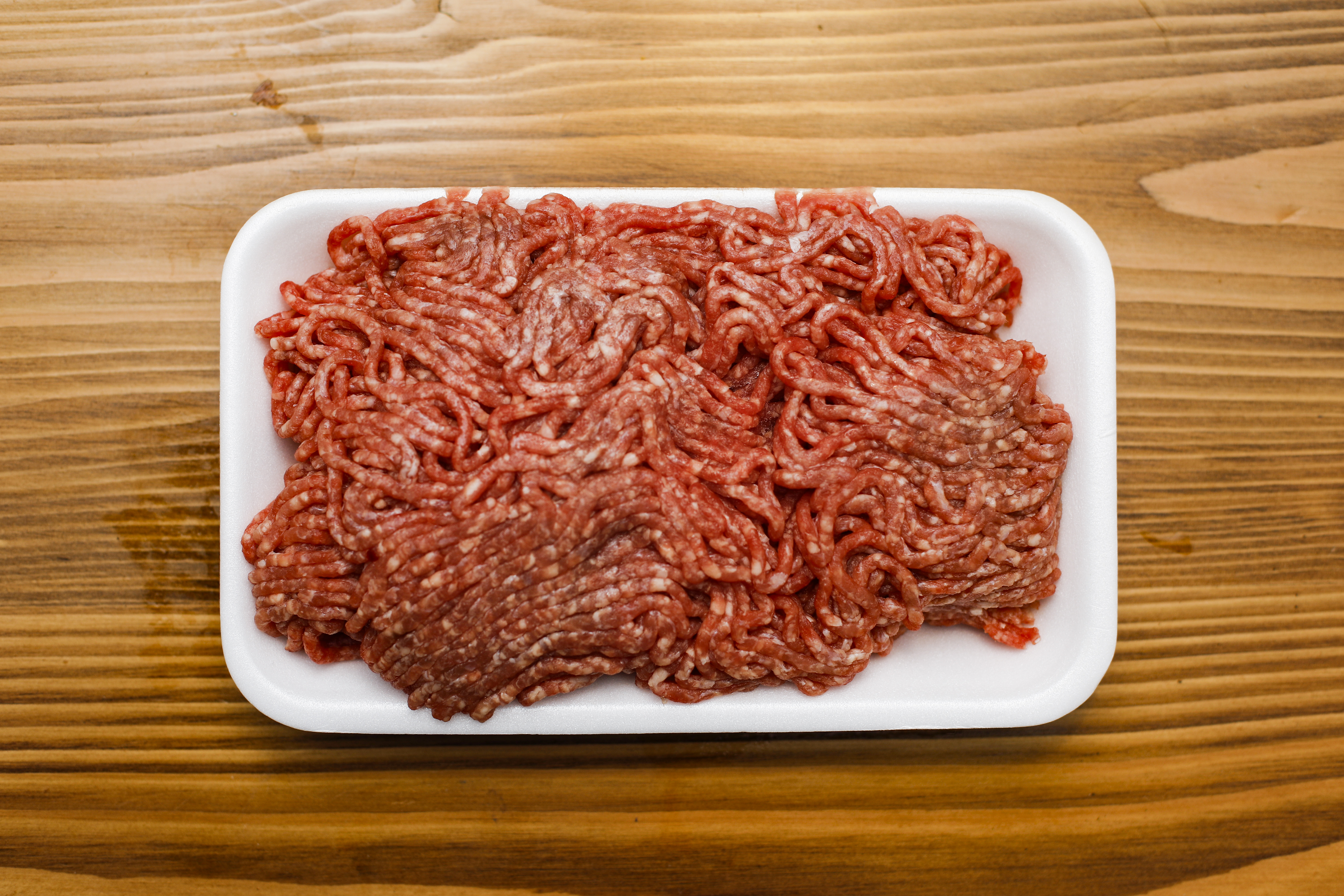The Trump administration backed away from tariff disputes with Europe this week, but it remains entangled in a trade war with China that is hitting the American heartland and upsetting Republican lawmakers as midterm elections approach.
Trump has imposed tariffs on $34 billion worth of Chinese imports in a conflict over Washington’s accusation that China is stealing technology as it tries to erode U.S. industrial leadership. As Trump threatens new tariffs — earlier this month the U.S. announced a list of another $200 billion in goods that it will tax — China has struck back with its own tariffs on $34 billion worth of soybeans, pork and other American products. It is threatening tariffs on another $16 billion. To ease the pain, the Trump administration announced this week that it would spend $12 billion to help farmers but they remain worried and Republican representatives continue to ask for help.
.medium div.leadMediaRegion {border:none} .medium .leadMediaRegion.city_module iframe {height:470px;}
Share of Jobs in Industries Affected by Tariffs, by County
A Brookings analysis of data from analytics firm Emsi and Quarterly Census of Employment and Wages shows the distribution across the U.S. of jobs in 59 industries affected by Trump's escalating trade war with China. Most of these jobs are in counties that voted for Trump in 2016 (represented by red circles, Clinton counties by blue. Alaska's election data was unavailable at county level). Most of the industries affected were in agriculture or food manufacturing—from soybean and other farming to flour milling to vehicle manufacturing.*
Click on each circle to see more details, and use the dropdown to filter between all affected industries and industries related to soybeans.
Source: Brookings analysis of Emsi and QCEW data
Credit: Sam Hart/NBC
The EU has agreed to buy more soybeans. Mary Lovely, a Syracuse University economist who studies trade, told The Associated Press that while China last year imported $12.3 billion in soybeans, the EU took just $1.6 billion.
Ron Moore, a farmer from Roseville, Illinois, and the chairman of the American Soybean Association, told CNBC this month that the tariffs were "devastating" to soybean farmers. China is the second largest market for U.S. agricultural exports, with soybeans topping the list. They account for more than $12 billion of the $20 billion worth of agricultural products China took from the U.S.
China consumes more soybeans than any other county, to use making cooking oil and animal feed. The country is responsible for nearly two-thirds of global soybean imports, according to a University of Tennessee report released in May.
The United States was the leading supplier of soybeans to China until it was surpassed by Brazil in 2013 and the tariffs could mean further gains for Brazil.
U.S. & World
The University of Tennessee report predicted that the imposition of a 25 percent tariff would result in a drop of at least $4.5 billion worth of U.S. exports.
Bloomberg News noted at the beginning of the month that soybean futures have been falling with the trade dispute. Most–active soybean futures on the Chicago Board of Trade dropped 14 percent in June, the largest loss in four years.
In May, Bloomberg reported that China had apparently stopped buying soybeans from the U.S.
The map embedded with this article was drawn with data compiled by the Brookings Institution. It illustrates which parts of the United States are being hurt by the Chinese tariffs and shows by county the percentage of jobs in industries affected by the tariffs. The industries range from soybean and other farming to flour milling to vehicle manufacturing.
Red represents counties that went for Trump in the 2016 presidential election; blue the counties that voted for Hillary Clinton.
*The full list of industries affected: Soybean Farming, Dry Pea and Bean Farming, Wheat Farming, Corn Farming, Rice Farming, All Other Grain Farming, Potato Farming, Other Vegetable (except Potato) and Melon Farming, Orange Groves, Citrus (except Orange) Groves, Apple Orchards, Grape Vineyards, Strawberry Farming, Berry (except Strawberry) Farming, Tree Nut Farming, Other Noncitrus Fruit Farming, Mushroom Production, Tobacco Farming, Cotton Farming, Hay Farming, Peanut Farming, All Other Miscellaneous Crop Farming, Poultry and Egg Production, Finfish Farming and Fish Hatcheries, Shellfish Farming, Forest Nurseries and Gathering of Forest Products, Finfish Fishing, Shellfish Fishing, Other Chemical and Fertilizer Mineral Mining, Other Animal Food Manufacturing, Flour Milling, Rice Milling, Soybean and Other Oilseed Processing, Breakfast Cereal Manufacturing, Sugar Manufacturing, Frozen Fruit, Juice, and Vegetable Manufacturing, Fruit and Vegetable Canning, Dried and Dehydrated Food Manufacturing, Fluid Milk Manufacturing, Creamery Butter Manufacturing, Cheese Manufacturing, Dry, Condensed, and Evaporated Dairy Product Manufacturing, Animal (except Poultry) Slaughtering, Poultry Processing, Seafood Product Preparation and Packaging, Spice and Extract Manufacturing, All Other Miscellaneous Food Manufacturing, Wineries, Distilleries, Tobacco Manufacturing, All Other Miscellaneous Textile Product Mills, Ethyl Alcohol Manufacturing, Construction Machinery Manufacturing, Automobile Manufacturing, Light Truck and Utility Vehicle Manufacturing, Heavy Duty Truck Manufacturing, Motor Home Manufacturing, Motor Vehicle Steering and Suspension Components (except Spring) Manufacturing, and All Other Miscellaneous Manufacturing.



